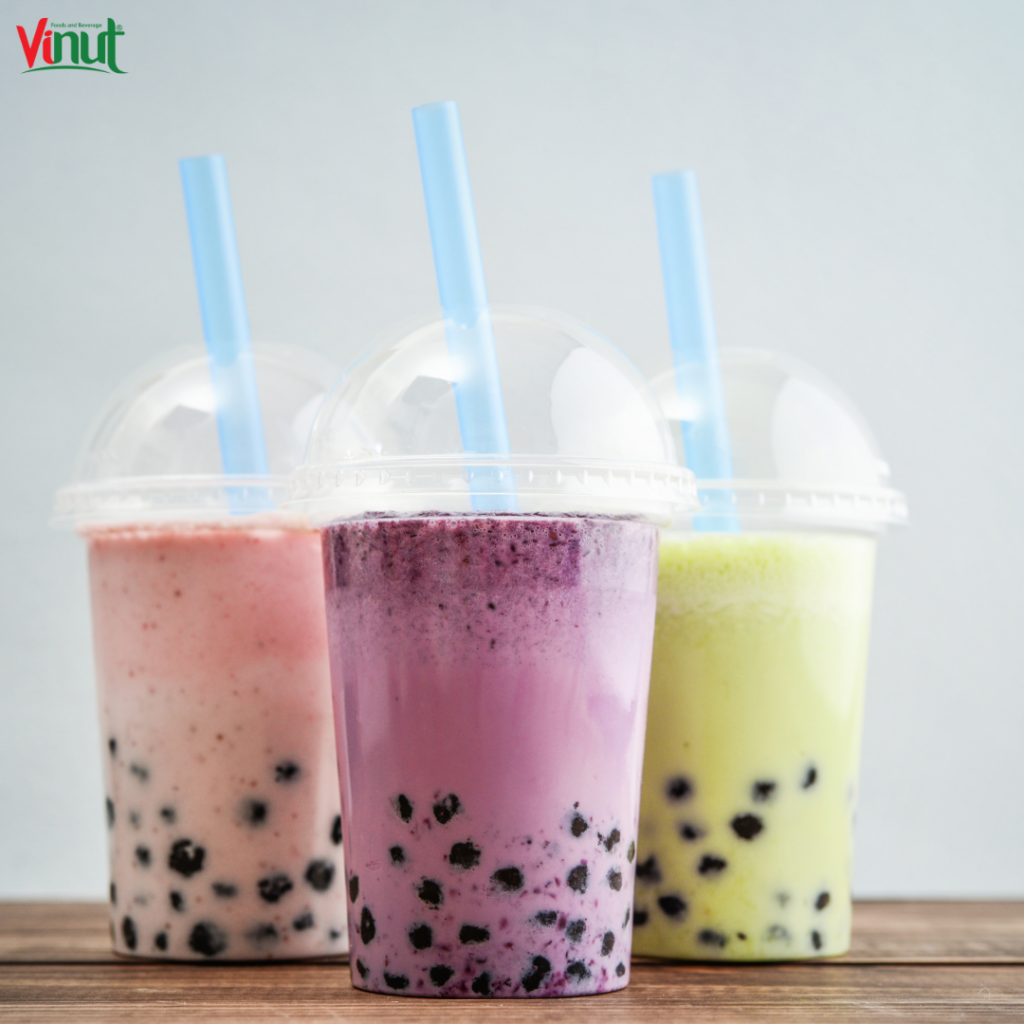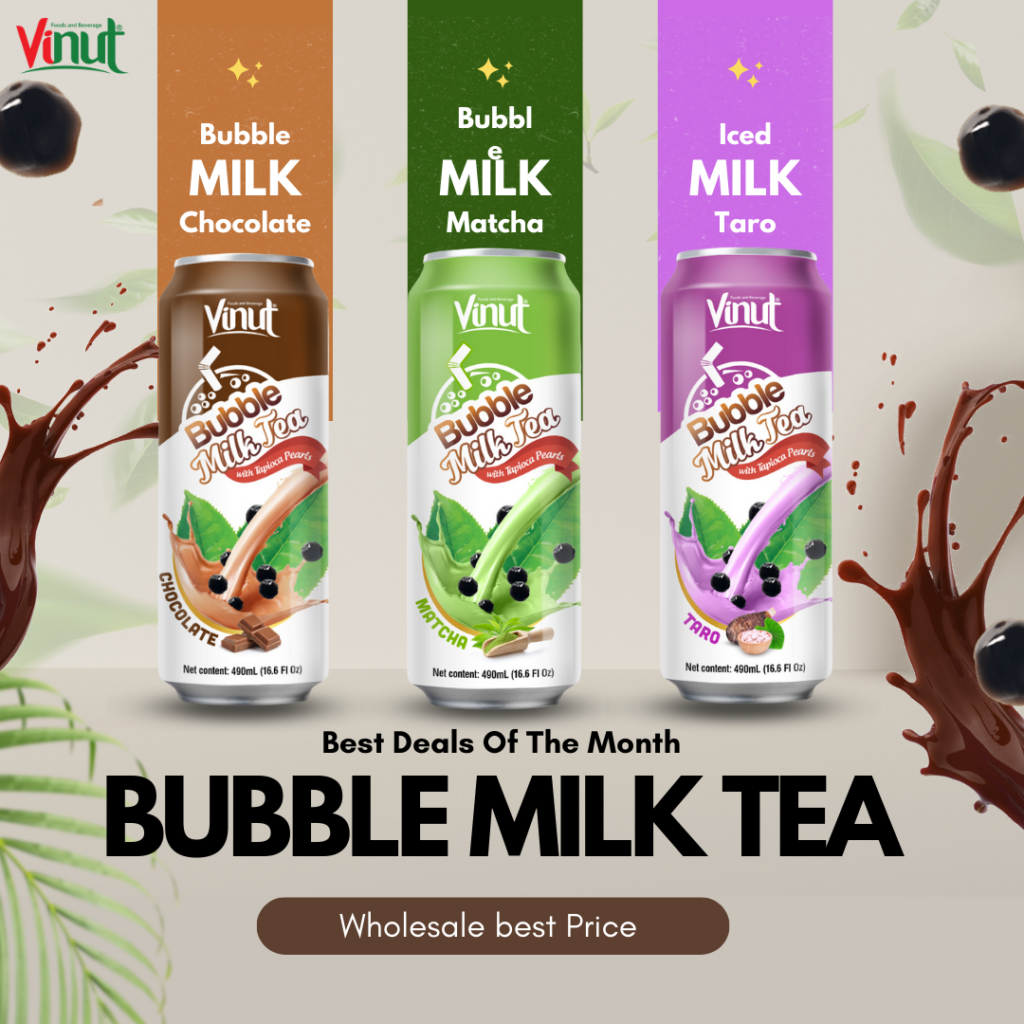
News
Understanding the Sugar Content in Bubble Tea

Bubble tea, also known as boba tea, has taken the world by storm. This delightful beverage, originating from Taiwan, is enjoyed by people of all ages. With its unique combination of tea, milk, sweeteners, and chewy tapioca pearls, it’s no wonder that bubble tea has become a favorite for many. However, despite its popularity, there’s growing concern about the sugar content in bubble tea and its impact on health. This article Cojo Cojo delves into the intricacies of bubble tea, particularly focusing on its sugar content, and provides tips on how to enjoy this drink in a healthier way.

Table of Contents
What is Bubble Tea?
A Brief History
Bubble tea was invented in Taiwan during the 1980s. Originally, it was a simple mixture of milk tea with added tapioca pearls. Over time, the recipe evolved to include various flavors, toppings, and sweeteners, making it a versatile and customizable beverage.
Ingredients
The basic components of bubble tea include:
- Tea base: Usually black or green tea.
- Milk: Can be dairy or non-dairy alternatives like almond or soy milk.
- Sweeteners: Sugar, honey, or flavored syrups.
- Tapioca pearls: Also known as boba, these are chewy balls made from tapioca starch.
- Additional toppings: Pudding, fruit jelly, and popping boba.
Sugar Content in Bubble Tea
High Sugar Levels
One of the primary concerns with bubble tea is its high sugar content. On average, a standard serving of bubble tea can contain anywhere from 30 to 60 grams of sugar. This is significantly higher than the recommended daily sugar intake for adults, which is about 25 grams for women and 37.5 grams for men according to the American Heart Association.
Sources of Sugar
The sugar content in bubble tea comes from multiple sources:
- Sweetened tea base: Many bubble tea shops use pre-sweetened tea bases.
- Flavored syrups: These are often added to enhance the flavor and can be very high in sugar.
- Tapioca pearls: Cooked in sugar syrup, these pearls contribute to the overall sugar content.
- Toppings: Additional toppings like fruit jellies and popping boba are also usually sweetened.

Hidden Sugars
Consumers often overlook the hidden sugars in bubble tea. Even if you opt for less sugar or no additional sweeteners, the tapioca pearls and flavored syrups still contribute a significant amount of sugar to your drink.
Health Implications of High Sugar Intake
Weight Gain
High sugar intake is a leading cause of weight gain. Consuming beverages like bubble tea, which are high in sugar, can contribute to an increase in calorie intake, leading to weight gain over time.
Increased Risk of Diabetes
Regular consumption of high-sugar beverages can increase the risk of developing type 2 diabetes. The high glycemic index of sugary drinks can cause rapid spikes in blood sugar levels, which over time can lead to insulin resistance.
Dental Problems
Excessive sugar consumption is also linked to dental problems such as cavities and tooth decay. The sugar in bubble tea can adhere to the teeth, providing a breeding ground for bacteria that cause cavities.
Other Health Issues
High sugar intake has been associated with other health issues, including heart disease, fatty liver disease, and metabolic syndrome. Reducing sugar consumption is essential for maintaining overall health and well-being.

How to Enjoy Bubble Tea in a Healthier Way
Choose Less Sugar
Most bubble tea shops offer the option to customize the sugar level in your drink. Opt for less sugar or no added sugar to reduce the overall sugar content.
Skip the Sweetened Toppings
Tapioca pearls and other sweetened toppings significantly contribute to the sugar content in bubble tea. Choose less sugary options like aloe vera or grass jelly, or skip the toppings altogether.
Opt for Fresh Fruit
Some bubble tea shops offer fresh fruit options. Choosing fresh fruit instead of flavored syrups can reduce the sugar content and add nutritional value to your drink.
Use Non-Dairy Milk Alternatives
Non-dairy milk alternatives like almond milk or oat milk can be lower in sugar compared to regular milk or sweetened condensed milk.
Make Your Own Bubble Tea
Making bubble tea at home allows you to control the ingredients and sugar content. Use natural sweeteners like honey or stevia, and opt for fresh fruit and unsweetened tea bases.

Comparing Different Types of Bubble Tea
Classic Milk Tea
Classic milk tea typically has the highest sugar content due to the sweetened tea base and condensed milk. Opt for less sugar and non-dairy milk to reduce the sugar content.
Fruit Tea
Fruit tea can be a healthier option, especially if made with fresh fruit. However, beware of added syrups and choose unsweetened fruit tea bases.
Matcha Bubble Tea
Matcha bubble tea can be a nutritious option as matcha is rich in antioxidants. Choose unsweetened matcha and less sugary toppings to keep it healthy.
Taro Bubble Tea
Taro bubble tea is popular for its unique flavor. However, it often contains added sugars and sweetened taro powder. Opt for fresh taro and less sugar for a healthier option.
Bubble Tea Alternatives
Herbal Teas
Herbal teas are naturally caffeine-free and can be a great alternative to bubble tea. Add fresh fruit or a splash of non-dairy milk for a healthy and refreshing drink.
Smoothies
Fruit and vegetable smoothies can be a nutritious and delicious alternative to bubble tea. Use fresh ingredients and natural sweeteners to keep the sugar content low.
Infused Water
Infused water with fruits, herbs, and spices can be a hydrating and flavorful alternative. It’s naturally low in sugar and can be customized to your taste.

Conclusion
Bubble tea is a delicious and popular beverage, but its high sugar content can pose health risks if consumed regularly. Understanding the sugar content in bubble tea is crucial for making informed choices. By opting for less sugar, choosing healthier toppings, and considering alternatives, you can enjoy bubble tea without compromising your health. Always remember, moderation is key to maintaining a balanced diet and healthy lifestyle.
FAQs
1. How much sugar is in a typical serving of bubble tea? A standard serving of bubble tea can contain between 30 to 60 grams of sugar, depending on the ingredients and level of sweetness.
2. Can I enjoy bubble tea on a low-sugar diet? Yes, you can customize your bubble tea to have less sugar or no added sugar and choose healthier toppings to reduce the overall sugar content.
3. What are some healthy alternatives to bubble tea? Healthy alternatives to bubble tea include herbal teas, fruit and vegetable smoothies, and infused water.
4. How can I make bubble tea healthier at home? You can make bubble tea healthier at home by using natural sweeteners like honey or stevia, fresh fruit, unsweetened tea bases, and non-dairy milk alternatives.
5. Are there any benefits to drinking bubble tea? While bubble tea can be high in sugar, it can also provide hydration and some nutritional benefits from ingredients like tea and fresh fruit. Opt for healthier versions to maximize these benefits.
